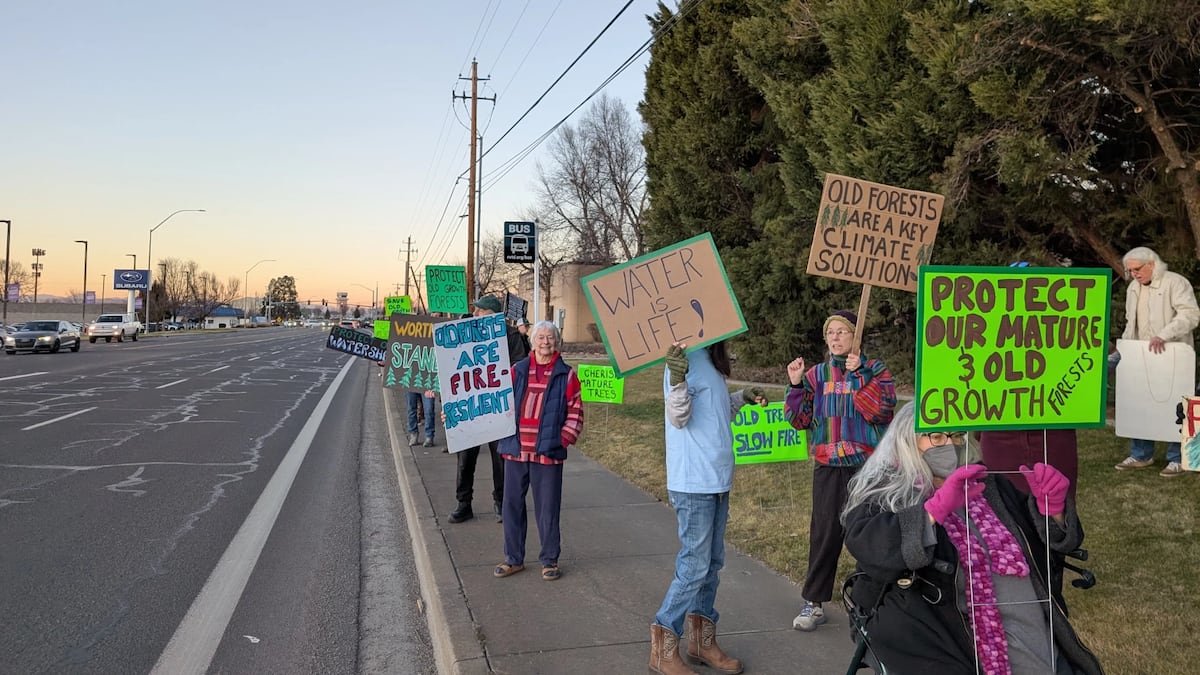Ancient Forests Under Siege: Activists Demand Urgent Conservation Measures

Passionate environmental advocates gathered in a powerful demonstration outside the local Forest Service headquarters, calling for comprehensive protection of ancient forest ecosystems. The rally brought together concerned citizens, conservation experts, and community leaders united in their mission to safeguard irreplaceable old-growth forests through proposed legislative amendments.
Protesters carried signs and banners highlighting the critical importance of preserving these ecological treasures, which represent centuries of natural development and provide crucial habitats for diverse wildlife. The activists argued that current forest management policies fail to adequately protect these fragile and irreplaceable forest landscapes.
Speakers at the rally emphasized the ecological significance of old-growth forests, noting their vital role in carbon sequestration, biodiversity preservation, and climate change mitigation. They urged Forest Service officials to implement stronger conservation measures that would ensure the long-term survival of these ancient woodland ecosystems.
The demonstration represents a growing movement to recognize the intrinsic value of mature forests and protect them from potential logging, development, and environmental degradation. By drawing public attention to this critical issue, the activists hope to influence policy changes that will protect these natural wonders for future generations.
